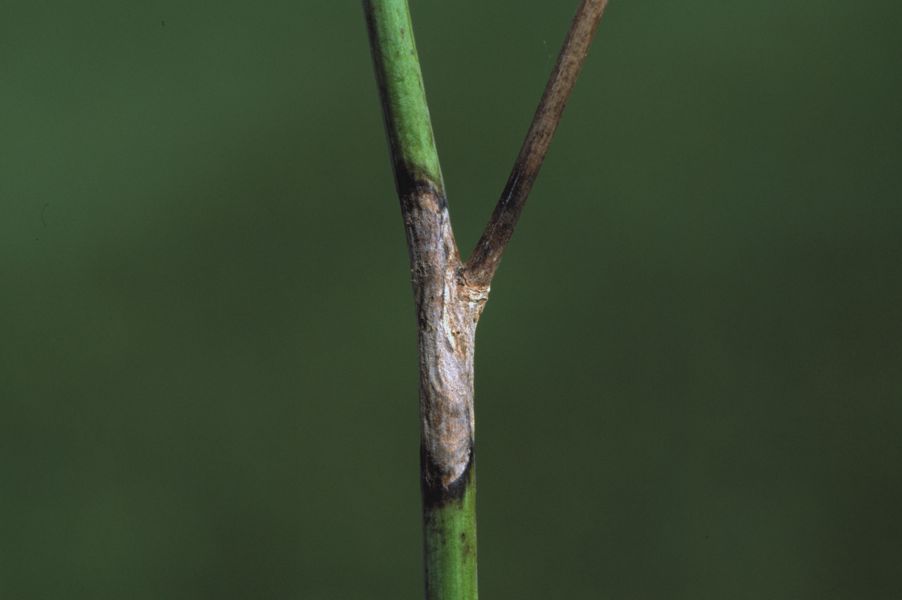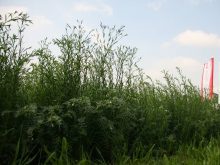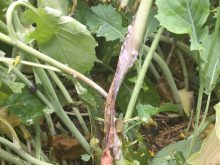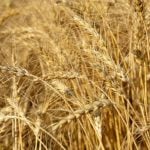Growers know which diseases exist in their fields and how to manage them, especially widespread diseases like sclerotinia, blackleg and clubroot in canola.
However, changing management practices have altered the prevalence of many diseases, leading to an increase in frequency and affected areas due to over-reliance on genetics rather than good management practices.
Growers should be on the lookout for both new and reoccurring diseases for all crops. These include:
- Sclerotinia in all broadleaf crops due to high levels of sclerotia (the resting bodies for the disease) produced over the past several years, as well as projected high acres of susceptible crops.
- Fusarium in cereals, especially durum (highly dependent upon humidity and temperatures during flowering).
- Stripe rust in wheat, especially southern Alberta and southern Saskatchewan.
- Root rots in pulses where soil moisture levels that are currently high, remain high into June.
- Clubroot and blackleg in areas where the pathogen has been observed and/or good genetics are not utilized or are over-utilized.
- Goss’s Wilt in corn in selected areas of Western Canada, or with favourable weather conditions.
- Seedling diseases, as well as late-season phytophthora root rot in soybeans, caused by wet fall and spring conditions.
Read Also
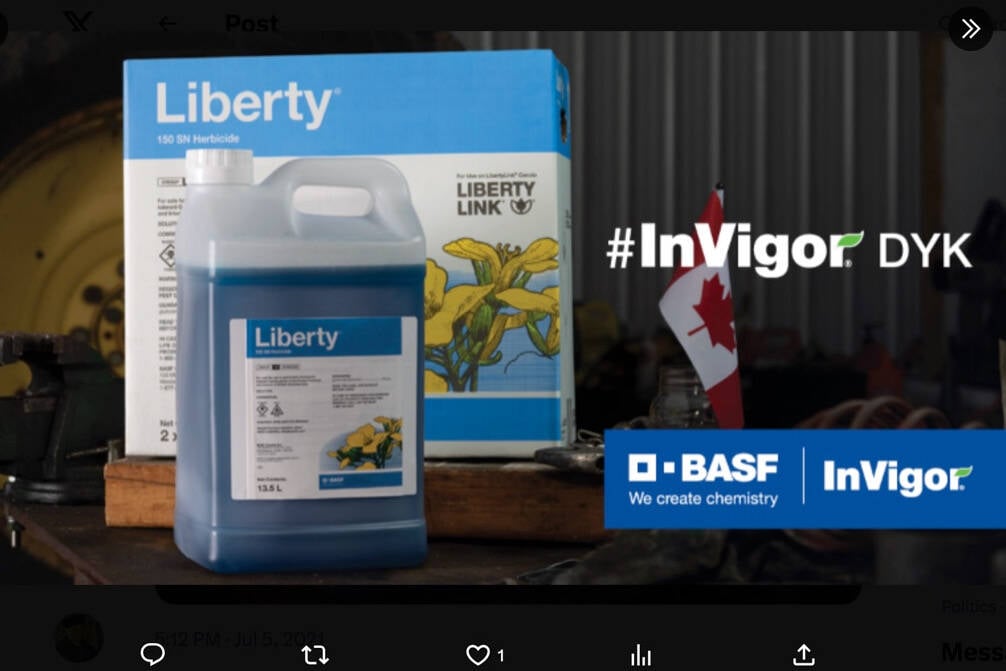
Ten years to study a pesticide?
Health Canada and its Pest Management Regulatory Agency will have taken nine to 10 years to conduct an evaluation of the safety of glufosinate — a herbicide that is already on the market.
To avoid increasing fungicide costs, decreased yield and disease spread, take steps to minimize the damage these diseases can cause in the current growing season and future seasons:
- Employ good crop genetics where available; set realistic target populations on the upper end; practice good rotation and tillage and plant into the best seedbed possible.
- In terms of disease, understand the disease life cycle (specific to disease of concern) and disease triangle to help identify the “weak spots” in the pathogen.
- Scout for disease thoroughly and use the appropriate fungicide at the right time, with the correct water volume, application rate and at the correct crop stage to optimize disease control.
- Understand specific fungicide product advantages and limitations and rotate fungicide products where appropriate to avoid the development of fungicide resistance.
For more information regarding diseases that could be a concern in your area, speak to your local crop protection sales representatives and crop advisors.
This ‘Tip of the Issue,’ provided by DuPont Pioneer, appeared in the July 18, 2017 issue of Grainews.

